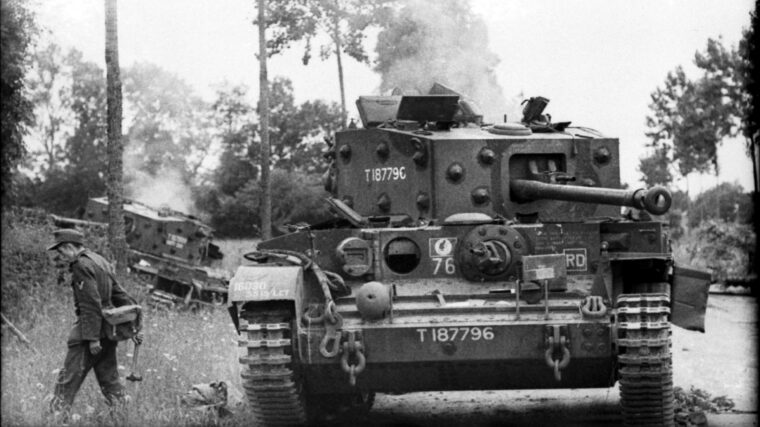
European Theater
Tigers Triumphant at Villers-Bocage
By Michael E. HaskewOn D-day, June 6, 1944, the British 3rd Infantry Division was the first to land on Sword Beach. Read more
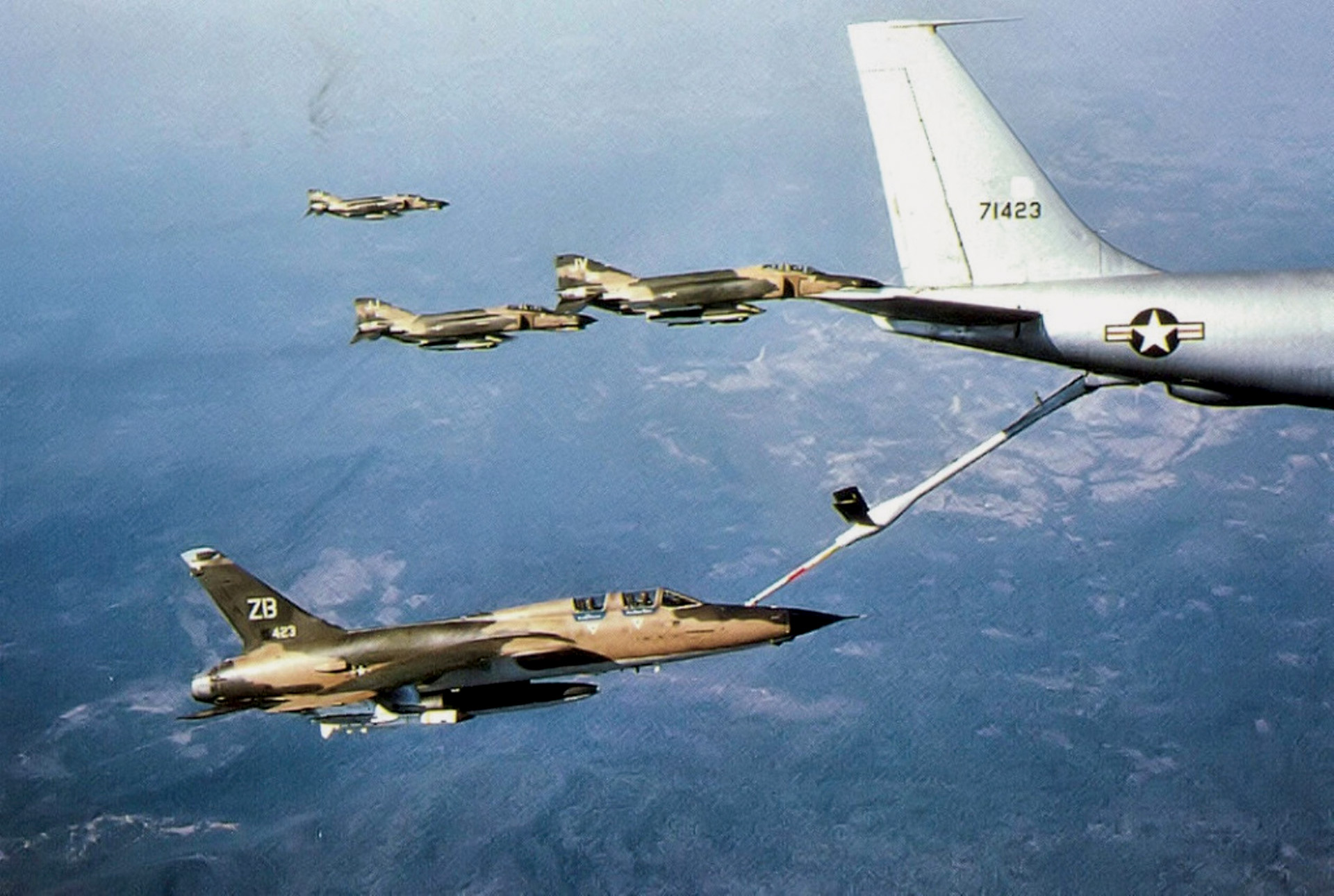

European Theater
On D-day, June 6, 1944, the British 3rd Infantry Division was the first to land on Sword Beach. Read more
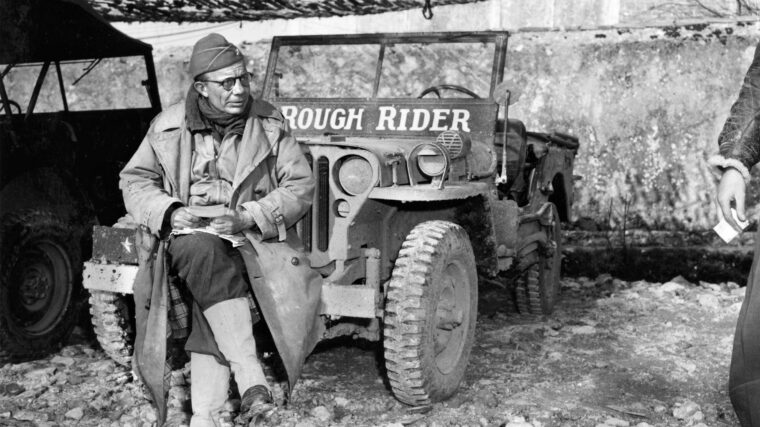
European Theater
Famed war correspondent Ernie Pyle reported in August 1944, that one of his favorite U.S. Army officers was a regimental colonel who shared Lt. Read more
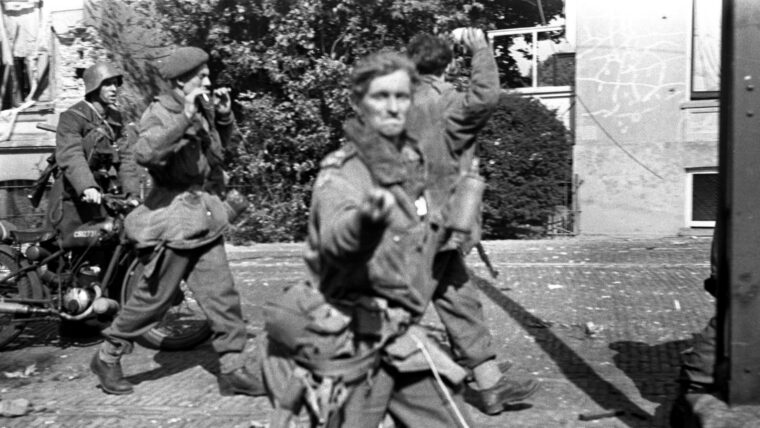
European Theater
Operation Market-Garden, British Field Marshal Bernard L. Montgomery’s imaginative and daring plan—reluctantly endorsed by his superior, General Dwight D. Read more
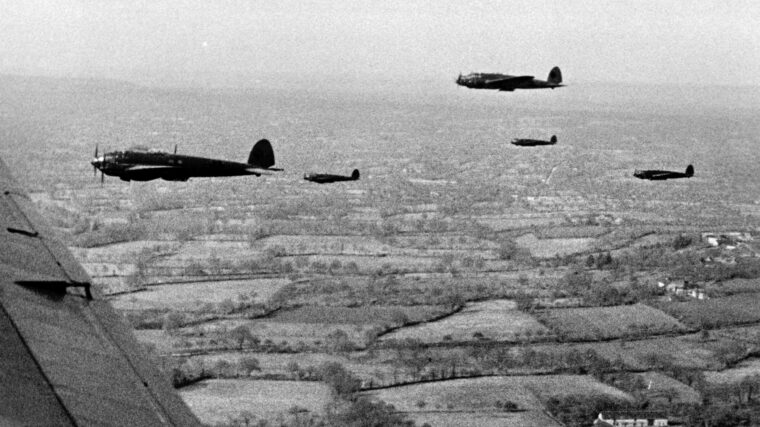
European Theater
Chain Home, or ‘CH’ was the codename given to the system of early warning radar stations located along the Europe facing coasts of the United Kingdom (UK) before and during World War II to locate and follow aircraft. Read more
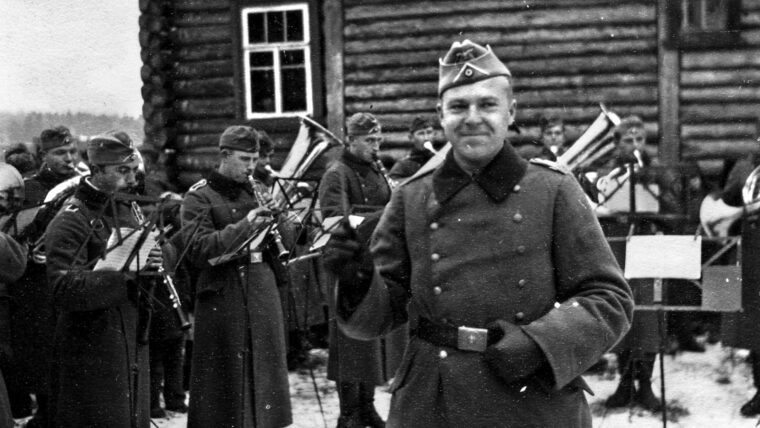
European Theater
War has been described as long periods of extreme boredom punctuated by brief moments of extreme terror. Read more
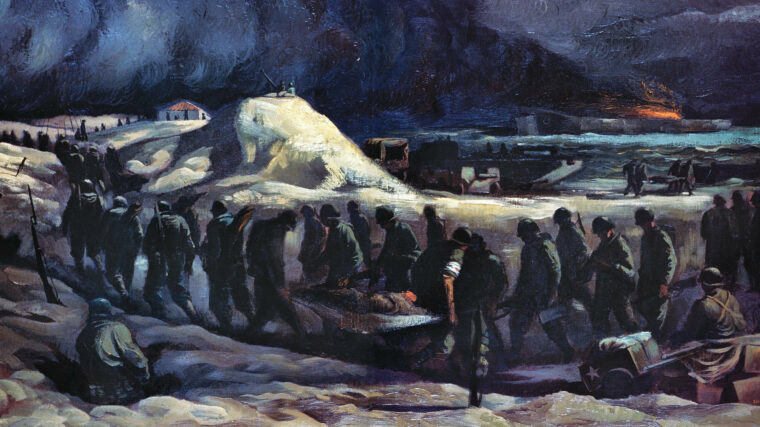
European Theater
The outbreak of World War II on September 1, 1939, found the United States in an isolationist mood that precluded, for the time being, any direct involvement in the conflict. Read more
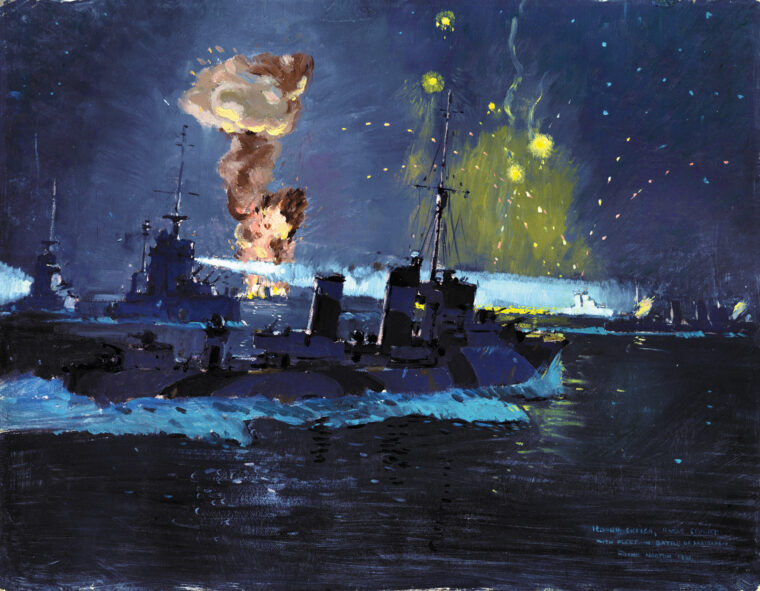
European Theater
The son of Prince Andrew of Greece and Denmark and Princess Alice of Battenberg, Prince Philip was the last of five children and a great-great grandchild of Queen Victoria. Read more
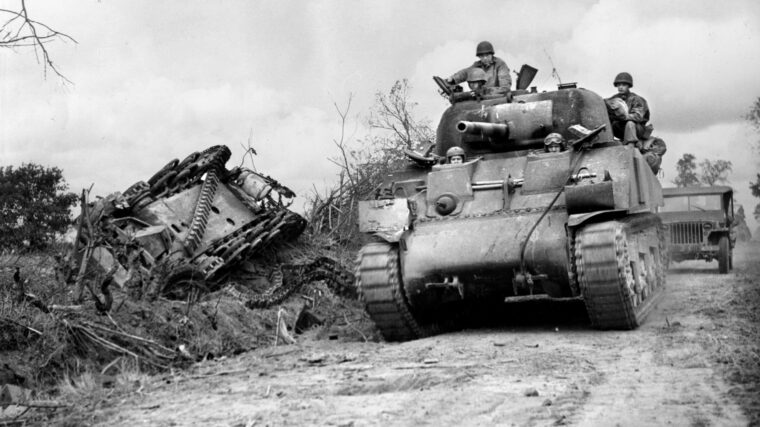
European Theater
German panzergrenadiers surrounded Hill 314 just east of Mortain in Normandy on August 7, 1944, trapping several companies of the 2nd Battalion of the U.S. Read more
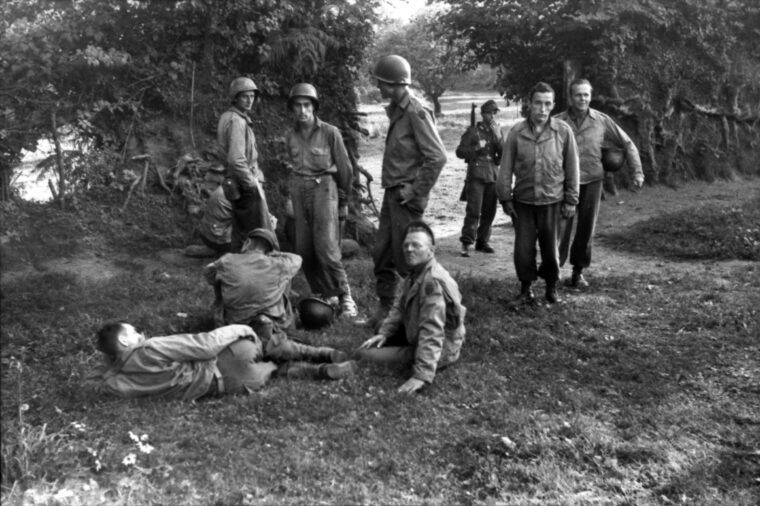
European Theater
The large number of Allied prisoners being funneled south to Rennes, France, following the D-Day invasion swelled the German transit camp to capacity so the decision was made to transport the men to permanent locations inside Germany. Read more
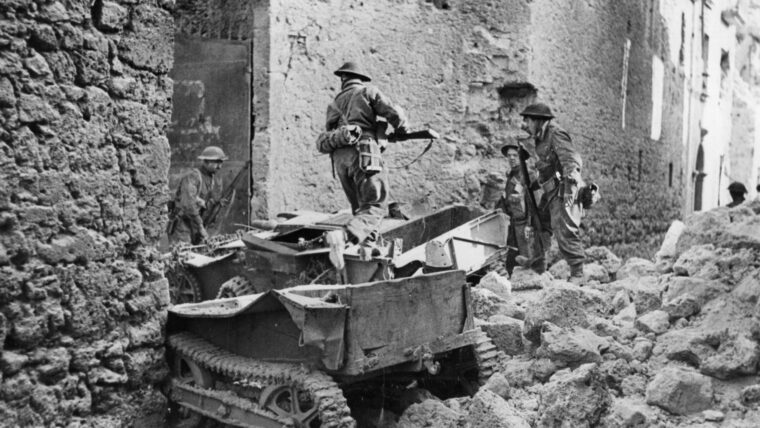
European Theater
Italy was unforgiving. German resistance to Allied operations had been brutal since the Salerno landings in the autumn of 1943, and by the following spring frustration had mounted upon frustration. Read more
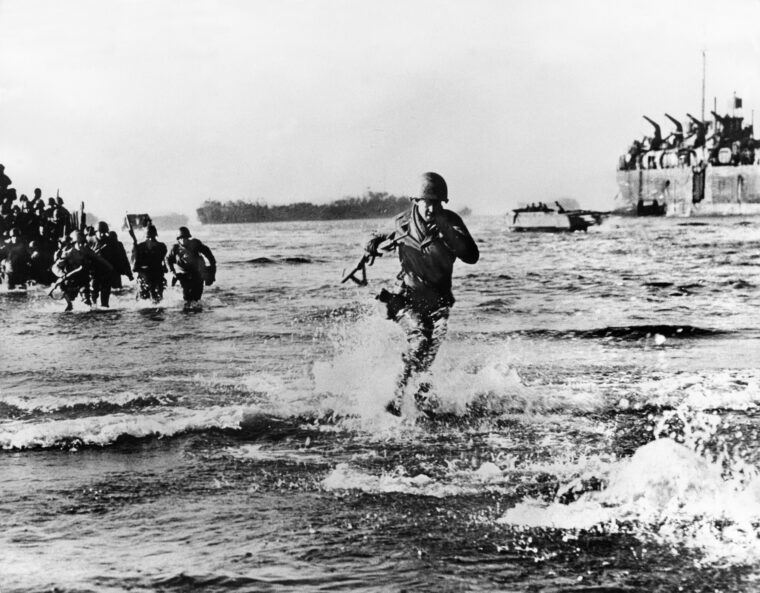
European Theater
Hitler called it an “abscess.” British Prime Minister Winston Churchill, the chief sponsor and loudest cheerleader for the endeavor, grudgingly proclaimed it “a disaster.” Read more
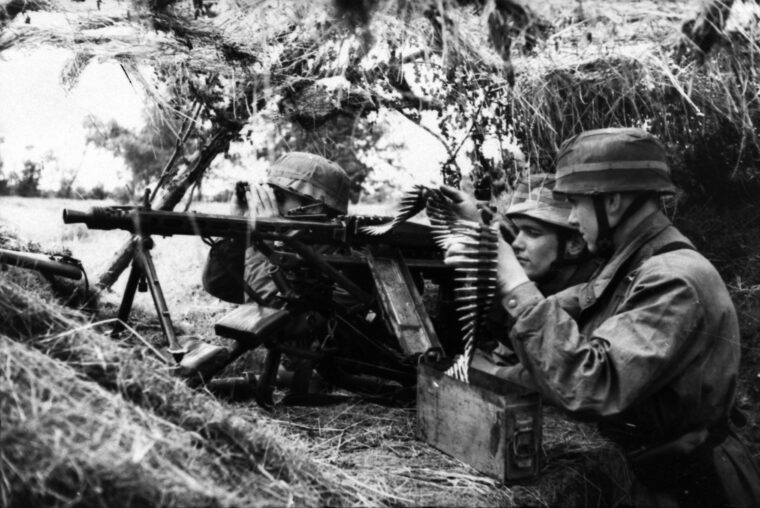
European Theater
Whether fighting in the mountains of the Italian peninsula, assaulting Nazi defensive positions along the vast Russo-German Eastern Front, or clashing with German Army opponents from Normandy to the Elbe River, from 1942 to 1945, Allied soldiers in World War II faced a determined enemy armed with the most effective machine gun produced during that struggle: the Maschinengewehr 42, or the MG 42 for short. Read more
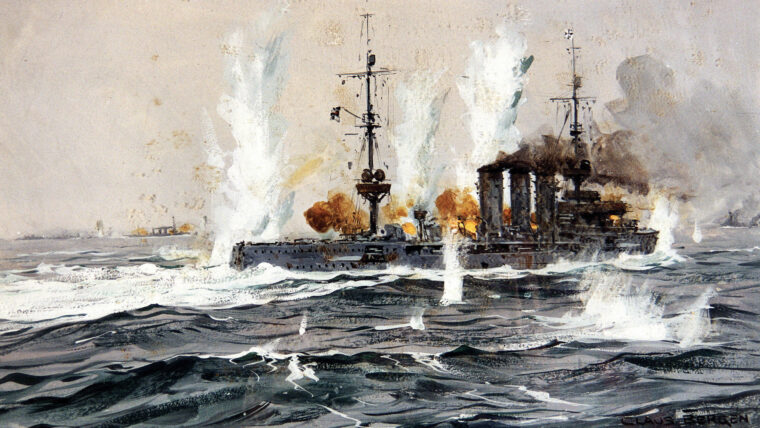
European Theater
Commodore Reginald Tyrwhitt of the Royal Navy was in a grave predicament on August 28, 1914. His force was near the German base at Heligoland Bight. Read more
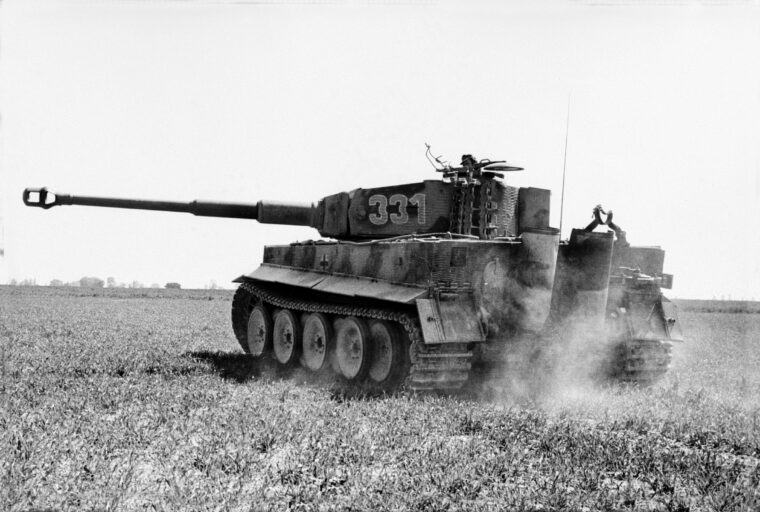
European Theater
The ongoing debate between German Field Marshals Erwin Rommel and Gerd von Rundstedt over how best to use the German Army’s elite panzer divisions against the coming Allied invasion ultimately reached no clear conclusion. Read more
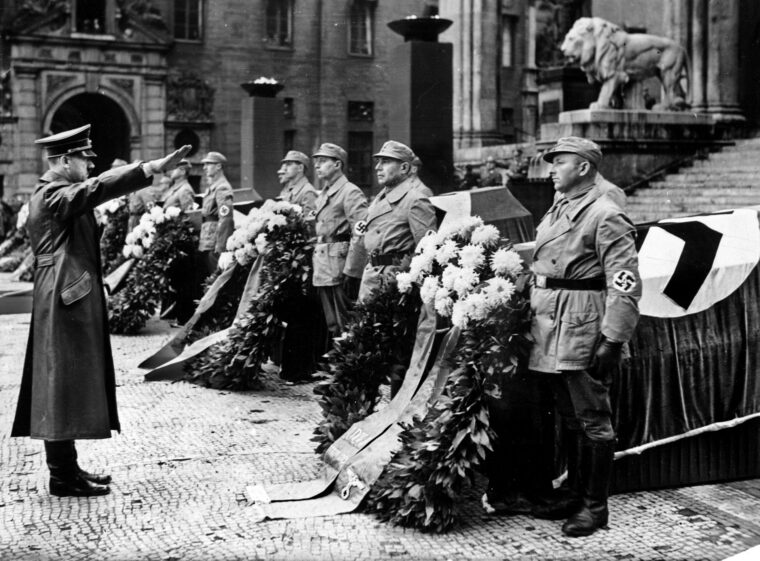
European Theater
Sir Alexander Cadogan did not believe it.
He had been given a report from Admiral Sir Archibald “Quex” Sinclair, head of MI6, on October 6, 1939, that German generals were reaching out to the British Embassy in The Hague in neutral Holland, to orchestrate a coup against Adolf Hitler that would replace the Nazi regime with a military junta, which would then make peace. Read more
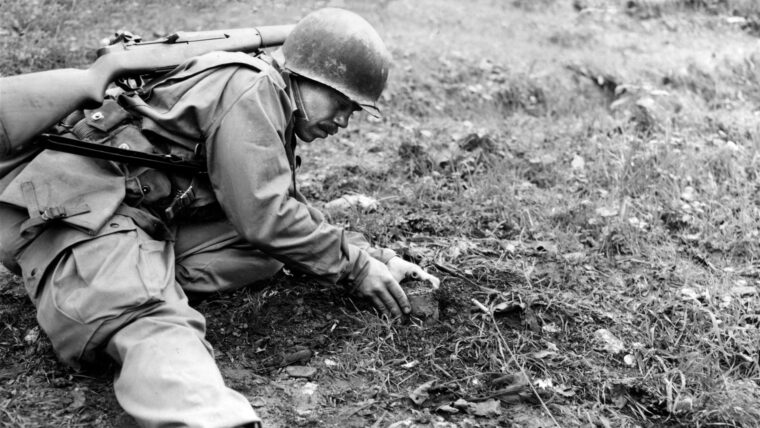
European Theater
Red-hot grenade fragments sliced through First Lieutenant Bill Munson’s left arm and shoulder, causing him to fall backwards onto the lip of a German machine gun nest. Read more
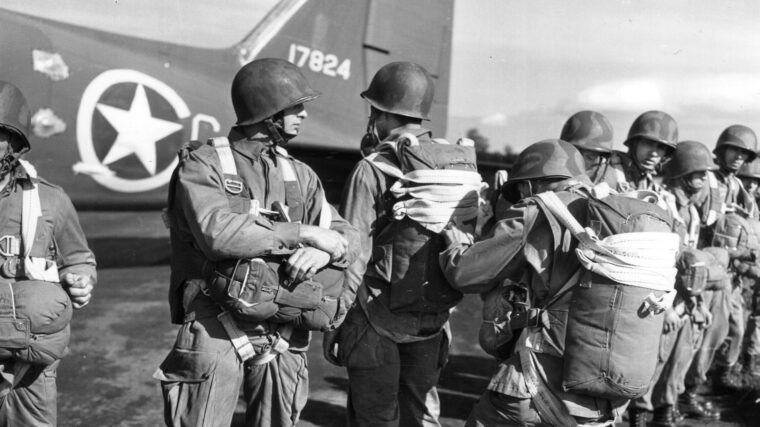
European Theater
Only two years after the U.S. Army officially sanctioned the formation of an airborne arm, American paratroopers were committed to a vast offensive against Axis forces on the coast of French North Africa. Read more
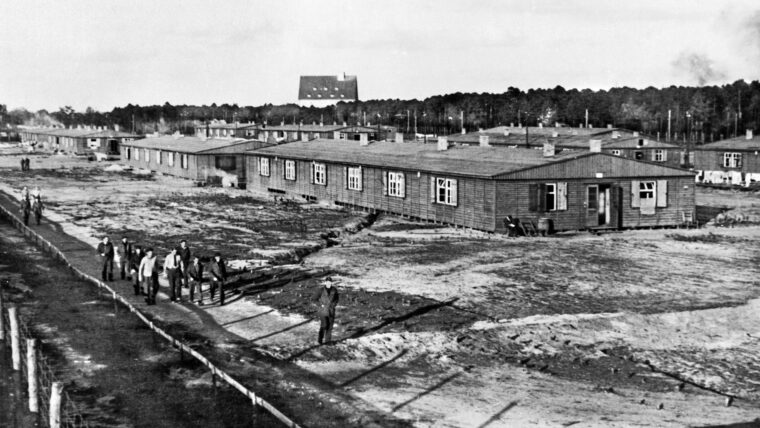
European Theater
For Allied soldiers, sailors, and airmen interned in enemy prison camps during World War II, escaping was regarded as their unwritten duty. Read more
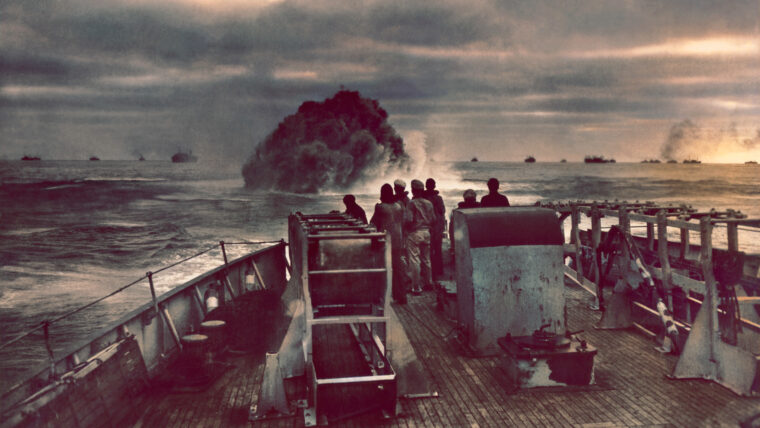
European Theater
For the duration of World War II, from the evening of Sunday, September 3, 1939, to the evening of Monday, May 7, 1945, the Battle of the Atlantic never ceased. Read more
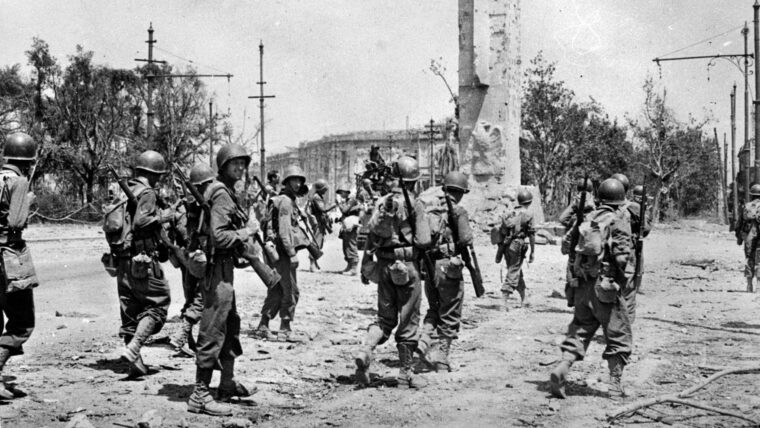
European Theater
Sergeant Alfred Johnson peered from behind a boulder on a rock-strewn hillside at Piano Lupo about six miles inland from the southern coast of Sicily. Read more